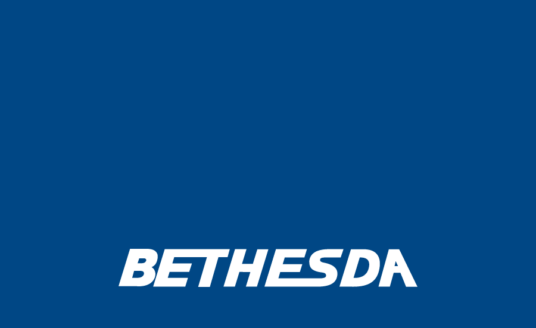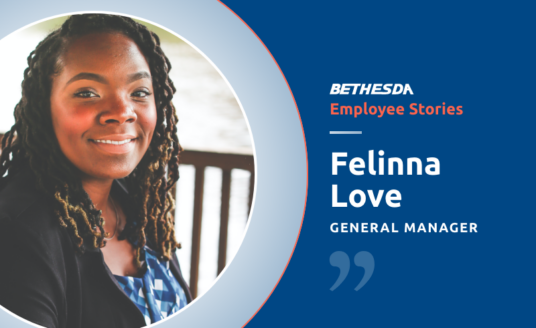There is great concern among pre-retirees regarding the scope and cost of their health care during their retirement years. Anxiety leads to action so, as we consider the convergence of health care and financial planning, we need to take a look at the most important steps to take when planning for retirement health care.
Estimate Your Retirement Health Costs
It is critical to estimate the overall cost of health care during your retirement years. Estimating involves starting with an accurate number and using an accurate inflation rate. Unfortunately, too many articles on this topic provide an annual cost figure without explaining that the estimate is only for a portion of your overall cost.
To approach the estimate comprehensively, think of your costs in two categories:
- Routine medical costs
- Custodial care costs.
Routine Medical Costs
Routine out-of-pocket costs will include Medicare premiums, Medigap premiums and uncovered expenses. Leaving out any of these areas from your financial plan will lead to underestimating your overall cost. Remember that Medicare benefits begin at age 65.
Most financial advisors have tools to calculate these costs. For example, Jester Financial Technologies estimates that a 65-year-old will spend approximately $6,000 to $9,000 for them in 2015, while most Americans are closer to the $6,000 side. Keep in mind that the higher your taxable income, the higher your Medicare premiums.
Also, remember that health care inflation is historically well above the overall inflation rate. A 6 percent annual inflation rate is realistic for routine medical costs, based on historic rates.
Custodial Care Costs
Planning for custodial care is beyond the scope of this article, but a few thoughts are warranted. The national average for nursing home care is approximately $90,000 per year and in-home care is close to $70,000. Since paying for those costs out of savings is not possible for most Americans, funding a long-term care insurance policy or hybrid policy is the ideal solution.
Change Your Saving and Investing Approach
The next step in planning for retirement health costs is to change your traditional approach to saving and investing during your pre-retirement years.
Since the amount of your annual Medicare premiums is determined by your taxable income, it is important to accumulate assets in accounts that will provide a tax-free cash flow.
A new law will trigger higher Medicare Part B &D premiums for individuals with incomes between $133,500 and $214,000 starting in 2018. As Mark Miller wrote on Next Avenue, those with incomes of $133,000 to $160,000 would pay 65 percent of total premium costs, rather than 50 percent today. Those with incomes between $160,000 and $214,000 would pay 80 percent, rather than today’s 65 percent.
Consequently, it’s now even more important to create sources of tax-free income in order to prevent an increase in your Medicare premiums.
There are two good ways to do this—create Roth 401(k) and Roth IRA accounts. Income from either type during retirement is free from taxation.
If your employer offers a Roth 401(k) option, use it instead of the traditional 401(k), even though you won’t be able to deduct your contributions. Over 50 percent of employers offer Roth 401(k)s, but fewer than 10 percent of employees use them. Since the income from a Roth 401(k) during retirement won’t be taxable, that money won’t push you into owing higher Medicare premiums.
To qualify for a Roth IRA, your income must be below $193,000 if you’re married and filing jointly, and below $131,000 if you’re single. If you qualify, contribute to one and use your catch-up provisions as you approach retirement. The catch-up rule lets people 50 and older contribute up to $6,500 to a Roth IRA in 2015, compared with the $5,500 limit for those who are younger.
Work with your financial adviser and tax professional to convert appropriate levels of existing IRA assets into Roth IRAs. This process involves paying current taxes on the amount converted in order to enjoy tax-free income during retirement. That tax-free income won’t push you into paying higher Medicare premiums. The income limits that prevent some individuals from making a contribution to a Roth IRA do not exist for Roth conversions.
Sign Up for a Health Savings Account
When you reach retirement, why not pay your Medicare premiums with tax-free cash flow from your HSA account? Based on 2015 HSA contribution limits, a 50-year-old couple who puts in the max of $6,650 and earns 8 percent on the money would accumulate approximately $200,000 by age 65.
If you have a high-deductible/HSA eligible health insurance plan, consider using a Health Savings Account (HSA). HSA contributions are tax-deductible, and earnings are tax-free. Distributions for qualified health care expenditures are also tax-free. Use the HSA as a long-term investment account that you can tap into during retirement to help cover health expenses.
Fund an Annuity
Finally, consider funding an annuity from money that’s not in your IRA or employer-sponsored retirement plans. Many retirees go through periods where their income exceeds their expenses and an annuity lets you reduce taxable income during those periods by deferring taxes on its investment earnings.
In addition to the enormity of its cost, health care will be one of the only mandatory expenses you have in retirement. Traditional approaches to financial planning should be modified to best prepare for them.
To ensure you are prepared for your retirement, read Bethesda’s financial advice on our blog.
| Whether you choose independent living, assisted living, memory care, or skilled nursing, your experience at Bethesda will be filled with compassionate care and meaningful connections. If you are considering independent living, we encourage you to tour our communities, including Bethesda Barclay House – Clayton, Bethesda Gardens – Kirkwood, Bethesda Orchard – Webster Groves, Bethesda Terrace – South County, Village North Retirement Community – Florissant, and The Oaks at Bethesda Villas – Kirkwood/Webster. If you have any questions about our non-profit senior living communities, contact us today. |
Want to find out more?
If you’d like to stay up to date with Bethesda Health Group, sign up here to receive our blog and newsletters!
"*" indicates required fields
Related Articles
Want to find out more?
If you’d like to stay up to date with Bethesda Health Group, sign up here to receive our blog and newsletters!
"*" indicates required fields



